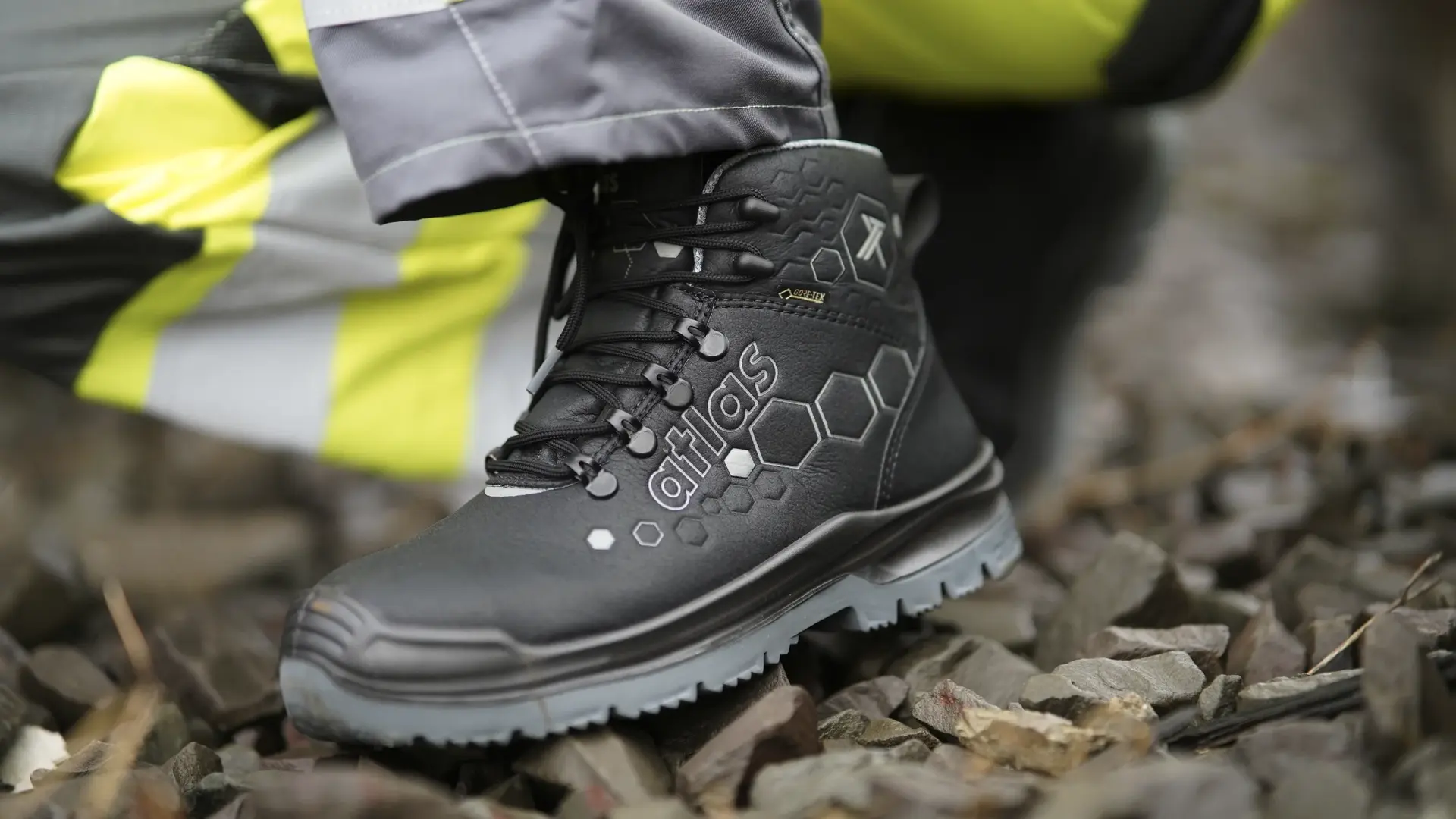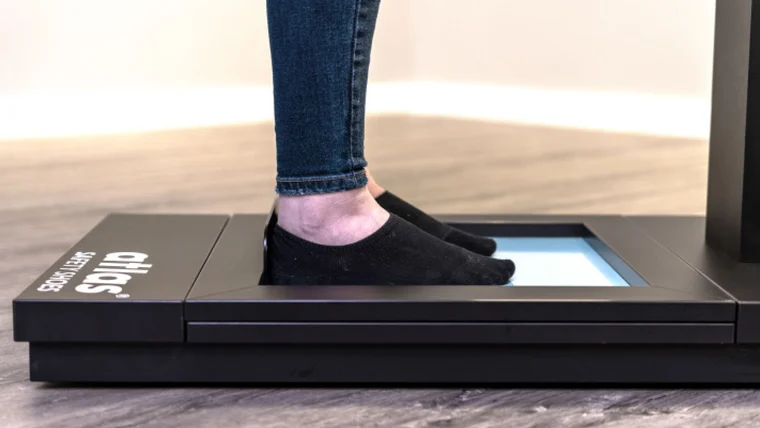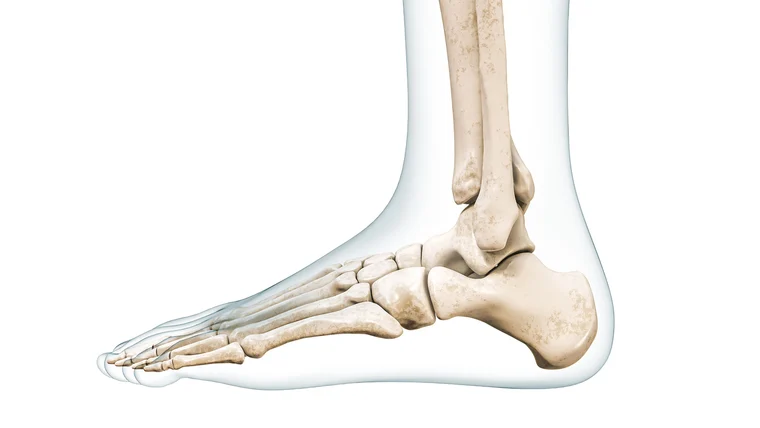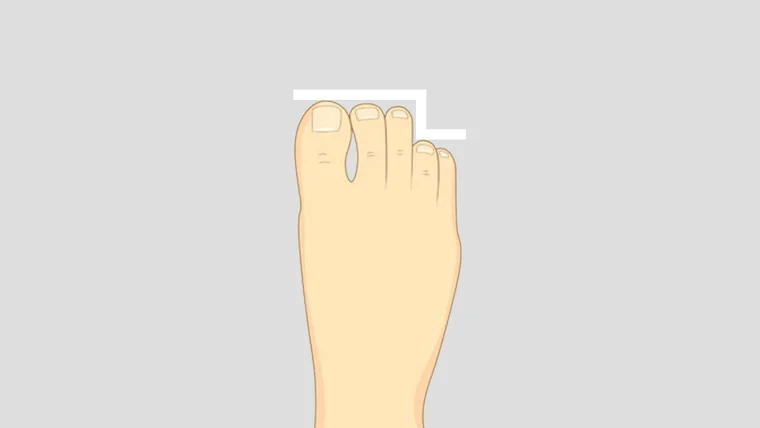
Find your optimal shoe fit
First of all, a common misconception must be eliminated: The fit does not just relate to the size of the shoe. Rather, an optimal fit is the result of a suitable shoe size and width. It involves much more than just the length of the shoe.


A decisive criterion for the perfect fit is sufficient space for the toes. They should have enough room to move and not touch the front of the shoe. The heel should not move away from the counter, and the metatarsal area should be tight enough to support the foot and prevent it from slipping. Long heel counters provide additional protection for the ligaments in the foot and prevent any twisting of the ankle.
The fit is determined by various factors, including the width, the distance of the heel and toes from the ground, the basic shape of the last, the construction of the shoe, as well as the model and type. Even people with unusual shoe sizes can benefit from oversized or undersized models.


A perfect fit not only supports wearing comfort, but also the health of the feet. While a leather or men's shoe may seem stiff at first compared to sneakers, at the end of the day they provide better support and prevent rapid fatigue. Furthermore, sneakers are not suitable for every occasion.
The importance of a good fit is knowledge that has been handed down for a long time. The variety of high-quality men's shoes offers something to suit every taste. Nevertheless, everyone has to find the optimal fit for themselves, as foot shapes are individual. The basic principles for the subsequent fit are already determined during the manufacture of men's shoes. Care of your shoes also contributes to their longevity and thus to preserving their value.

